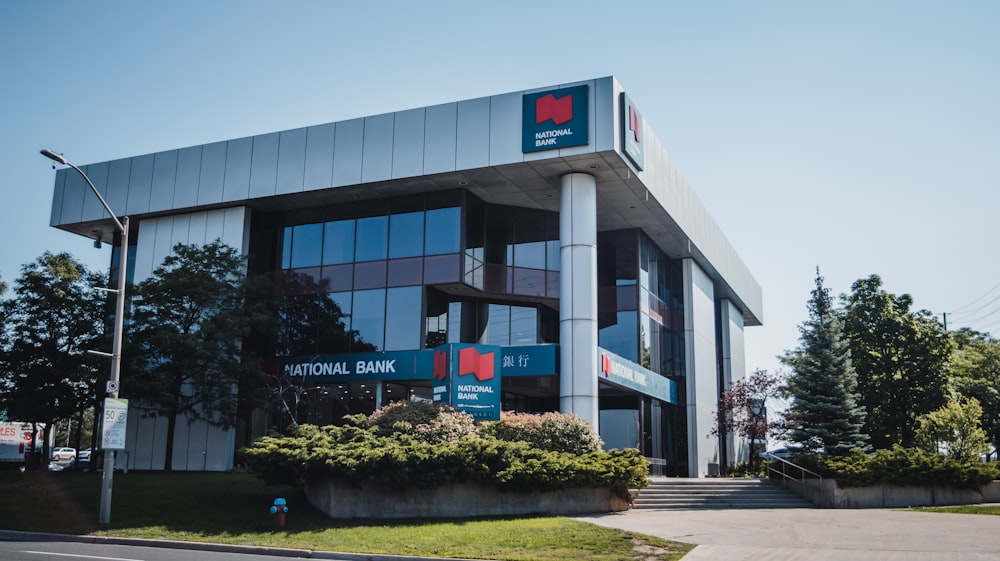Corporate Governance Best Practices and Principles
The Evolution of Corporate Governance Models
Introduction
Corporate governance has evolved significantly over the years, reflecting changes in business practices, regulatory environments, and societal expectations. From traditional models focused solely on profit to contemporary frameworks emphasizing sustainability and stakeholder engagement, the evolution of corporate governance has been a dynamic journey.
Historical Perspectives
In the early days of corporate governance, the primary focus was on maximizing shareholder wealth. This shareholder-centric model often led to decisions prioritizing short-term gains over long-term sustainability. However, as corporate scandals and ethical lapses came to light, there was a growing recognition of the need for more robust governance structures.
Shift Towards Stakeholder Inclusivity
One of the key shifts in modern corporate governance is the emphasis on stakeholder inclusivity. Companies are now expected to consider the interests of various stakeholders, including employees, customers, suppliers, and the broader community. This shift reflects a more holistic approach to business management, recognizing that sustainable success is intertwined with the well-being of all stakeholders.
Role of Technology
Technology has played a transformative role in shaping corporate governance practices. From advanced data analytics for risk management to digital platforms for transparent reporting, technology has enhanced the efficiency and effectiveness of governance processes.









